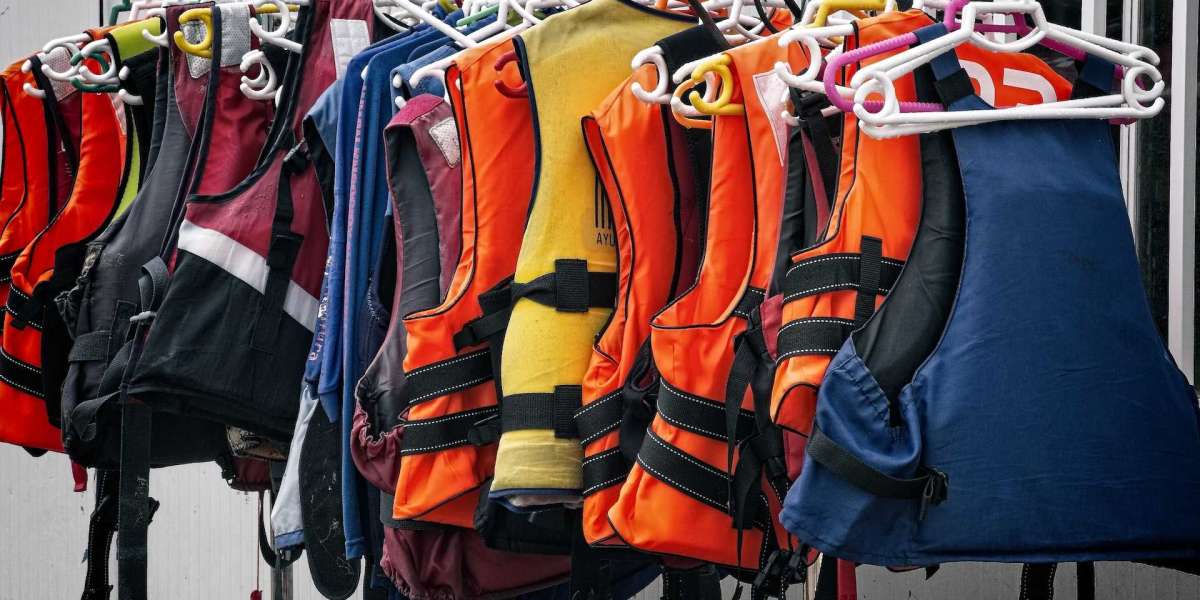Mastering the Art of Sailing: Expert Techniques and Tips
Mastering the Art of Sailing: Expert Techniques and Tips
Sailing is a thrilling and rewarding experience that can take you to beautiful and remote locations all over the world. However, sailing also requires skill, knowledge, and experience to do it safely and effectively. Whether you're a beginner or an experienced sailor, mastering the art of sailing takes time and effort, but it is well worth it in the end.
I. Understanding the Wind
One of the key components of sailing is understanding how wind works and how it affects the boat. Before setting sail, it's important to study the weather conditions and forecast, and understand the wind speed and direction. This will help you to make informed decisions about the best route to take, and the best way to set the sails to take advantage of the wind.
DO:
- Study the weather conditions and forecast: Make sure to study the weather conditions and forecast before setting sail to get a good understanding of the wind speed and direction.
- Adjust the sails to take advantage of the wind: Once you have a good understanding of the wind conditions, adjust the sails to take advantage of the wind and maximize your speed and efficiency.
DON'T:
- Ignore the wind conditions: Don't ignore the wind conditions and forecast, as this can lead to dangerous sailing conditions and put you and your boat at risk.
- Set the sails too aggressively: Don't set the sails too aggressively, as this can cause the boat to heel excessively and put you in danger of capsizing.
II. Trimming the Sails
Another important aspect of sailing is trimming the sails properly. Trimming the sails correctly will help you to sail faster, more efficiently, and with more control. It's important to take the time to learn the proper techniques for trimming the sails and to practice these techniques regularly to improve your sailing skills.
DO:
- Learn the proper techniques for trimming the sails: Take the time to learn the proper techniques for trimming the sails and to practice these techniques regularly to improve your sailing skills.
- Trim the sails regularly: Make sure to trim the sails regularly to keep the boat moving efficiently and under control.
DON'T:
- Neglect to trim the sails: Don't neglect to trim the sails, as this can lead to an inefficient and potentially dangerous sail.
- Over-trim the sails: Don't over-trim the sails, as this can cause the boat to heel excessively and put you in danger of capsizing.
III. Communication and Teamwork
Sailing is a team sport, and it's important to communicate effectively and work together to ensure a safe and successful sail. Whether you're sailing withother experienced sailors or with a crew of beginners, clear and effective communication is essential to ensure everyone is on the same page and working together towards the same goals.
DO:
- Establish clear lines of communication: Make sure to establish clear lines of communication with your crew, and ensure everyone knows who to talk to and when.
- Communicate regularly: Regular communication is essential to ensure everyone is on the same page and working together towards the same goals.
DON'T:
- Neglect to communicate: Don't neglect to communicate with your crew, as this can lead to confusion, misunderstandings, and dangerous situations on board.
- Over-communicate: Don't over-communicate, as this can lead to distractions and confusion on board, and take away from the focus of sailing.
IV. Preparing for Emergencies
While sailing is a fun and exciting activity, it is also important to be prepared for emergencies. It's important to have a well-stocked emergency kit on board, and to have a plan in place in case of emergencies. Regular safety drills and training will help to ensure everyone on board is prepared and knows what to do in an emergency situation.
DO:
- Have a well-stocked emergency kit on board: Make sure to have a well-stocked emergency kit on board, including items such as flares, a life raft, and a first-aid kit.
- Have a plan in place for emergencies: Make sure to have a plan in place for emergencies, and make sure everyone on board is familiar with the plan and knows what to do in an emergency situation.
DON'T:
- Neglect to prepare for emergencies: Don't neglect to prepare for emergencies, as this can put you and your crew at risk in case of an emergency situation.
- Panic in an emergency: Don't panic in an emergency, as this can lead to further confusion and dangerous situations on board. Stay calm and follow the emergency plan.
In conclusion, sailing is a wonderful and rewarding experience that can take you to beautiful and remote locations all over the world. However, it's important to have the necessary skills, knowledge, and experience to sail safely and effectively. By understanding the wind, trimming the sails properly, communicating effectively, and preparing for emergencies, you can master the art of sailing and enjoy this incredible activity for years to come.








